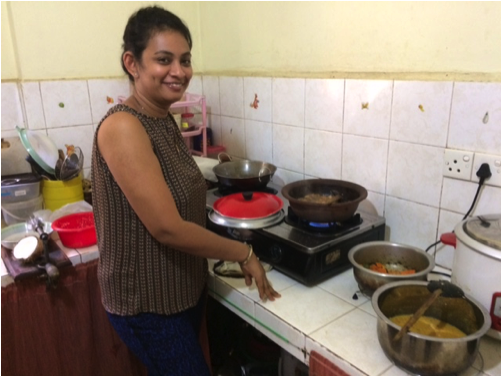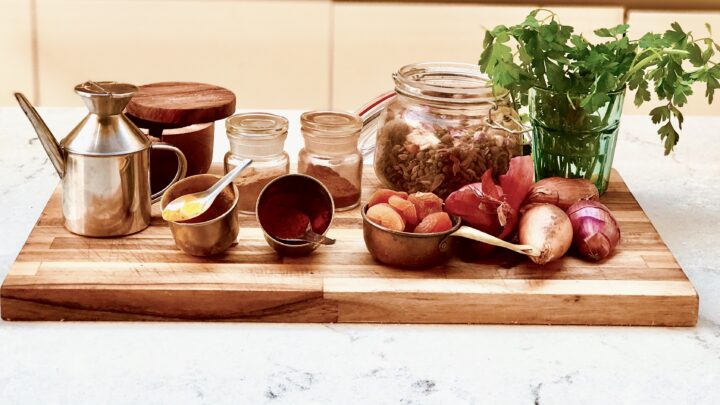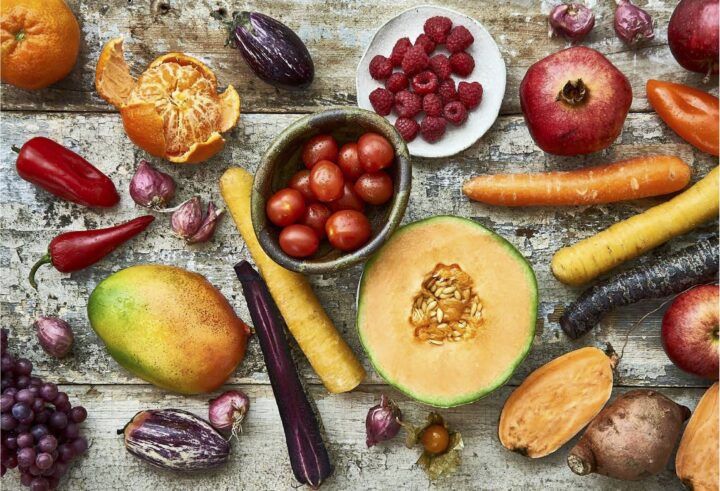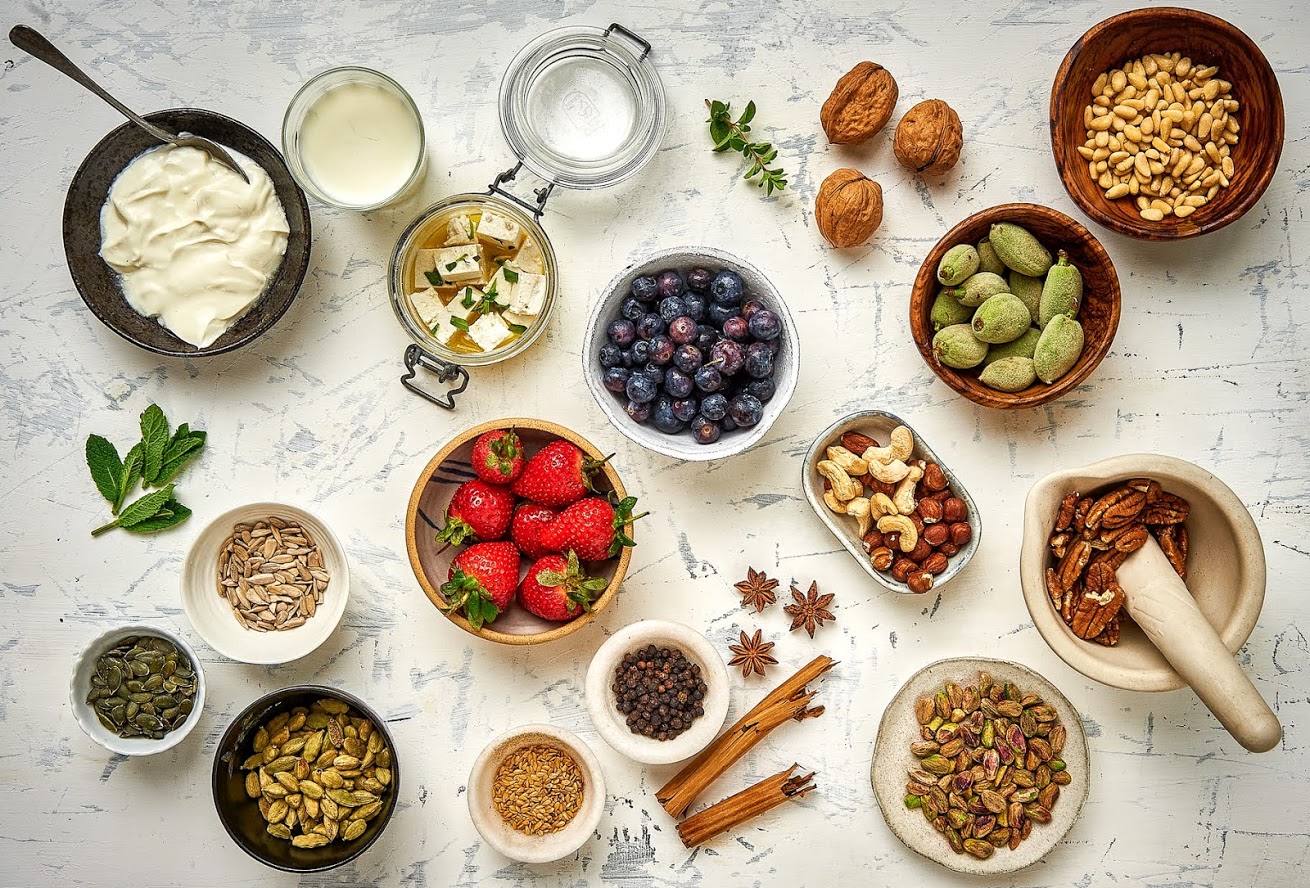
While on our honeymoon in Sri Lanka, my husband Alex and I attended a cookery lesson in the home of Dushantha. She was a charismatic and enthusiastic teacher. She was also relatively well off, as her husband owned a jewellery business, however her kitchen had only a couple of ring burners linked to a paraffin bottle and the room was small and cluttered. From here she produced delicious spicy meals. To her wooden counter was clamped a medieval implement: a large metal burr with a handle. It was used for chopping out and pulping the flesh of fresh coconuts.
The word coconut means ‘monkey face!’ (A fact which I find quite charming.) Coconuts are currently causing controversy in the nutrition world. This is because coconut oil is a saturated fat. However, it has some benefits, being very heat stable, so useful for deep frying or for sautes. It is also a medium chain triglyceride and so more readily burned for energy and less likely to be laid down in fat cells than other oils. The main fatty acid in coconut oil is lauric acid, which is thought to have antiviral and antibacterial properties. Although LDL cholesterol may be raised by coconut oil, it can also increase the beneficial HDL cholesterol.
Overall, there has not been enough high-quality research on coconut oil for us to be sure of its risks or benefits. The people of Sri Lanka use it in vast quantities and they are not particularly healthy, but these facts are probably not directly linked. (Our delightful guide, Neshantha, may have been typical. He had a very sweet tooth and liked to add honey to his tea or desserts. I was also surprised to see that Dushantha deep fried almost all her foods.) I tend to use relatively small amounts of desiccated coconut meat, reduced fat coconut milk or culinary (odourless) coconut oil. I find that a teaspoon of coconut oil is usually sufficient for frying.
Dushantha’s armoury of spices included roasted curry powder (deep brown in colour) 2 kinds of curry leaves, green chillies, (cut lengthwise and added to dishes with the seeds intact,) fenugreek, cardamom, cinnamon, cloves, turmeric and large quantities of garlic, which she crushed with the flat of a large and lethal-looking knife.
All of these spices can have benefits. Chillies are high in anti-oxidants and can help you to lose weight, due to their fat-burning action. However, taking too many chillies long term could put you at risk of stomach cancer. Garlic is known as Jewish penicillin and can help protect you from viruses, (not only by the odour keeping other people at a distance.) It also helps against heart disease by reducing blood clotting, helping to drop your blood pressure and to drop your LDL cholesterol.
Dushantha pounded her spices in a wooden bowl with a giant pestle, like a rolling pin. An easier option is to use a coffee grinder. (Heating the spices in a pan without fat, before grinding them can help to bring out the flavours.)
When we finally sat down to eat, it was to a banquet of spiced aubergines, carrots and garlic, dhal and also an okra curry and a large bowl of fluffy white rice. (Sri Lankans unfortunately have an excess of white carbs, especially popadoms, naan bread and rice.) We felt very privileged to have this authentic experience of cooking with a Sri Lankan culinary expert.



